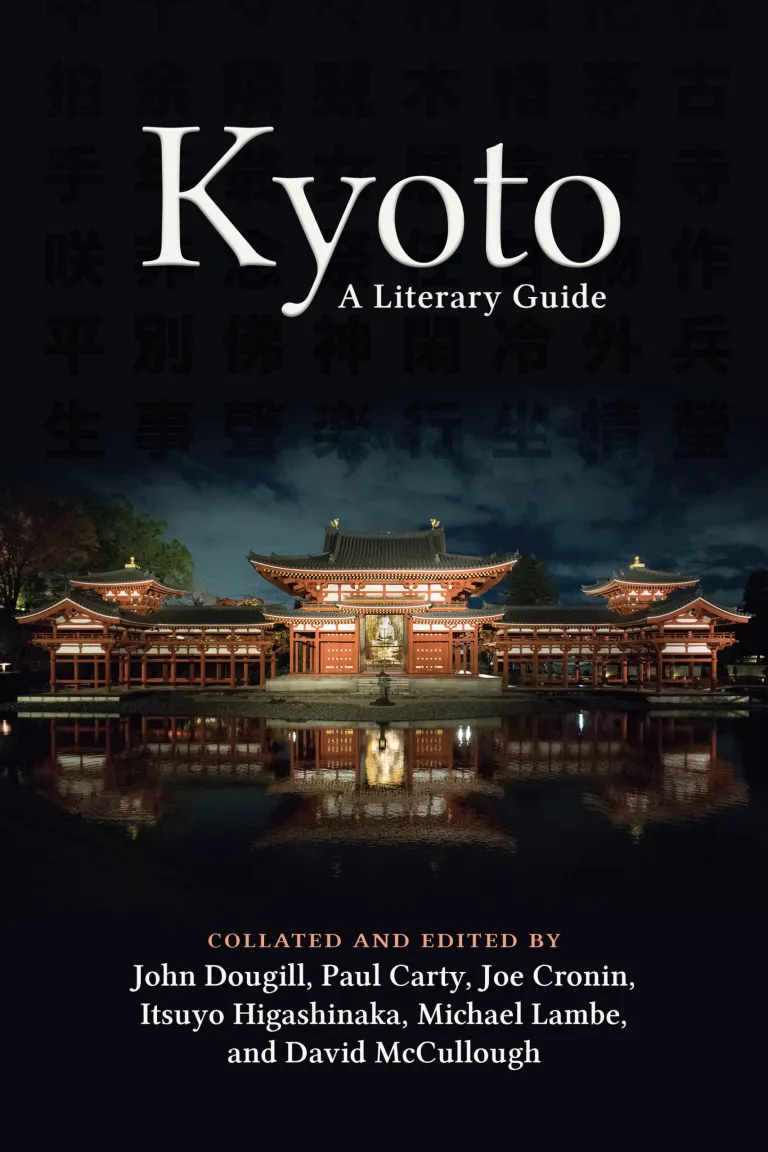JAT会員による書籍
Kyoto A Literary Guide

Title: Kyoto A Literary Guide
Written & Translated by: John Dougill, Paul Carty, Joe Cronin, Itsuyo Higashinaka, Michael Lambe, David McCullough
Published by: Camphor Press
Abstract:
This fascinating selection of Kyoto-specific literature takes readers through twelve centuries of cultural heritage, from ancient Heian beginnings to contemporary depictions. The city's aesthetic leaning is evident throughout in a mix of well-known and less familiar works by a wide-ranging cast that includes emperors and court ladies, Zen masters and warrior scholars, wandering monks and poet "immortals." We see the city through their eyes in poetic pieces that reflect timeless themes of beauty, nature, love and war. An assortment of tanka, haiku, modern verse and prose passages make up the literary feast, and as we enter recent times there are English-language poems too.
Kyoto: A Literary Guide is a labour of love. It arose from the shared passion of a small group of translators, academics and professors of literature chaired by noted Kyoto author John Dougill. For over ten years they have met for monthly discussion, and when they discovered that there was no book dedicated to Kyoto literature they decided to produce their own. This involved sifting through a large number of poems and prose items, with the eventual selection made according to historical importance, literary merit and reference to specific sites. Translations were carefully finessed, with particular regard to the fine balance between linguistic accuracy and literary rendition. Accompanying the translations are the original Japanese with transcription and an informative footnote. The book is generously illustrated with black-and-white photographs, old prints and picture scrolls, adding visual accompaniment to the verbal description.
Given the centrality of Kyoto to the national culture, the book will not only be a must-have for lovers of the city but for anyone with an interest in Japanese literature. It will enhance appreciation for those visiting "the ancient capital" and it will be cherished by those who live there. Above all, it is the hope of the Kyoto-philes who created the book that the pieces collected here will prove an inspiration to readers to go on and explore the larger works from which they were extracted.